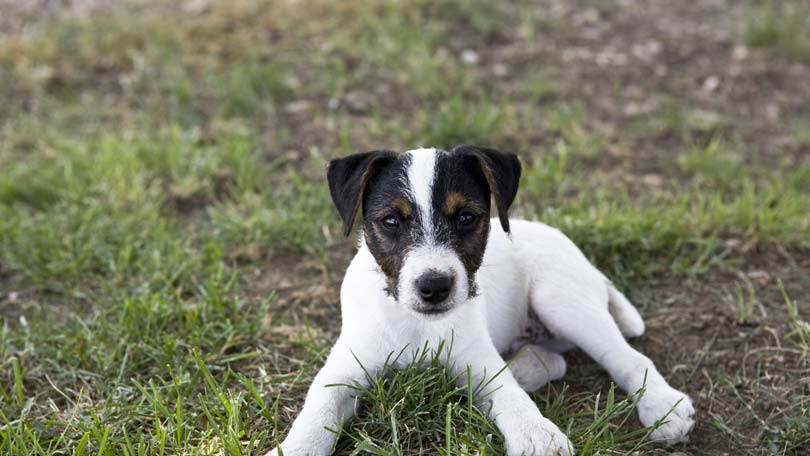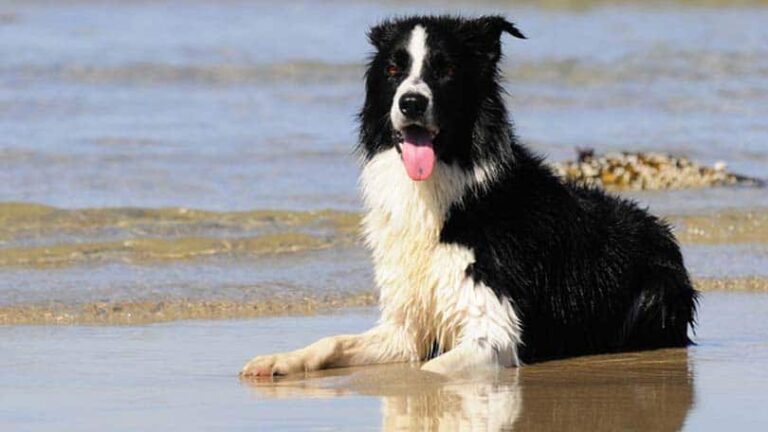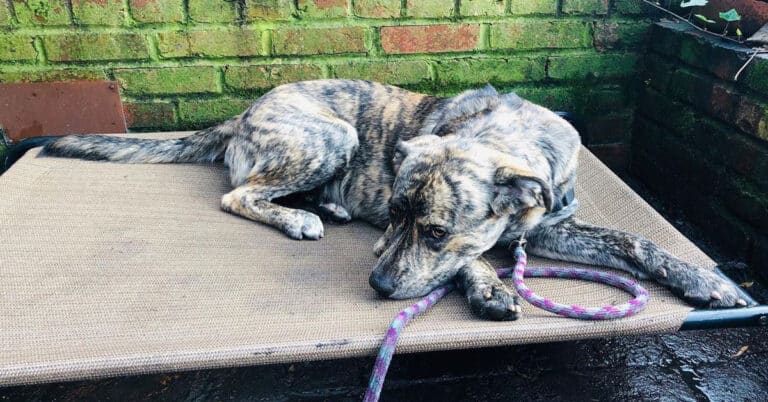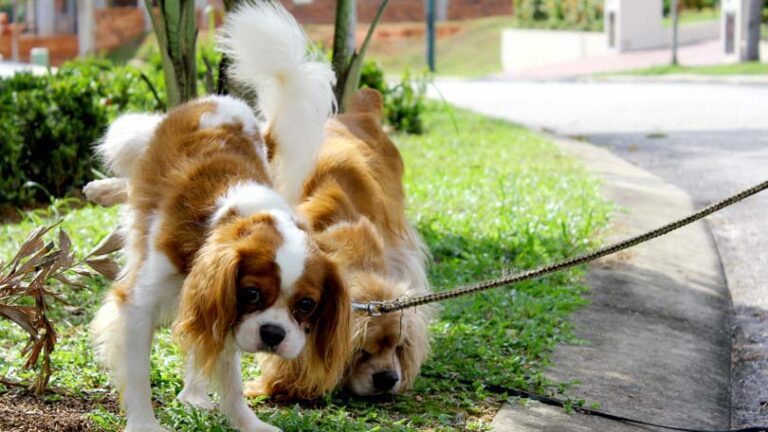How to Switch a Dog’s Food
There are many reasons why you would decide to switch your dog’s food – your puppy is now an adult dog, your adult dog is now a senior or your dog has developed allergies to the food they are on currently. Maybe it is as simple as you want to improve your dog’s overall health so you are switching to a higher quality food. No matter what the reason, how you switch to the new food stays the same and there are specific steps to take to ensure your dog does not suffer any ill effects such as abdominal upset and diarrhea.
Switching from One Kibble to Another
How often to we empty out the old kibble bag before buying a new one? We all do it and most of the time it will not be a problem – replacing the old kibble with a new bag of the same kibble rarely causes any tummy upset. The one time you want to make sure you have some of the old kibble left over, though, is when switch to an entirely new type of kibble.
To switch your dog’s kibble from one type to another, you need to have a few days worth of the old food left in the bottom of the bag. Plan ahead and have the new kibble in the house while there is still enough left. The switch must be done over a number of days to ensure your dog does not suffer any loose stool or full on diarrhea.
If your dog does not have a sensitive stomach, switching over four days should be fine.
- Day One – 3 parts old kibble, one part new kibble
- Day Two – 2 parts old kibble, two parts new kibble
- Day Three – 1 part old kibble, 3 parts new kibble
- Day Four – 4 parts new kibble
By day two, it should be evident whether the new kibble is going to have any adverse effect on your dog. If any loose stool develops, slow down the process to the sensitive stomach plan below.
If your dog has a history of abdominal upset or sensitive stomach, the switch should be more gradual and over a longer period.
- Day One – 6 parts old kibble, 1 part new kibble
- Day Two – 5 parts old kibble, 2 parts new kibble
- Day Three – 4 parts old kibble, 3 parts new kibble
- Day Four – 3 parts old kibble, 4 parts new kibble
- Day Five – 2 parts old kibble, 5 parts new kibble
- Day Six – 1 part old kibble, 6 parts new kibble
- Day Seven – 7 parts new kibble
This gradual switch guarantees an easy transition, also recommended for dogs that are left home alone for more then five hours at a time while owners are at work. Nothing worse then coming home to a dog that has suffered preventable insistent diarrhea!
Switching from Kibble to a Homemade Diet
Many owners are switching to a homemade meal in an effort to feed their dog’s a healthier diet. If you have the time and the inclination to prepare your dog a well-balanced dinner that meets their nutritional needs, do your homework and find some recipes either online or in books. Dogs usually love a homemade diet and preparing a weeks worth of dinners at one time then freezing each meal individually cuts down on the amount of work required at one time.
When switching your dog’s food from kibble to a homemade diet, there is a greater chance of abdominal upset because of the drastic difference in the two types of diets. A gradual switch over a month is recommended to guarantee a happy and normally functioning digestive tract.
Week One:
Breakfast – keep to the kibble only for breakfast
Dinner – half the amount of kibble you normally give and add a scoop of their new homemade diet (one part kibble, one part homemade)
Week Two:
Breakfast – half the amount of kibble and add a scoop of homemade diet (one part kibble, one part homemade)
Dinner – the same as Week One (one part kibble, one part homemade)
Week Three:
Breakfast – the same as Week Two (one part kibble, one part homemade)
Dinner – half the amount of kibble again and add more homemade diet (.5 parts kibble, 1.5 parts homemade)
Week Four:
Breakfast – half the amount of kibble again and add more homemade diet (.5 parts kibble, 1.5 parts homemade)
Dinner – no kibble, homemade diet only
Week Five:
Breakfast – no kibble, homemade diet only
Dinner – no kibble, homemade diet only
Gauging how much of the homemade diet is needed to maintain a healthy weight on your pet is a matter of trial and error. Once the kibble is completely gone from their diet, watch their body weight and adjust as needed. A healthy body weight means that your dog should have a waist, the rib cage are easily felt, and the last two ribs should be visible at least on short and medium haired dogs.
Switching your dog’s food requires patience but it is worth the time – nothing is worse then coming home to a surprise bout of diarrhea while you were out! Always take your time making the switch and it is better to err on the side of caution then to rush the process and have a mess to clean up.

Having discovered a fondness for insects while pursuing her degree in Biology, Randi Jones was quite bugged to know that people usually dismissed these little creatures as “creepy-crawlies”.







